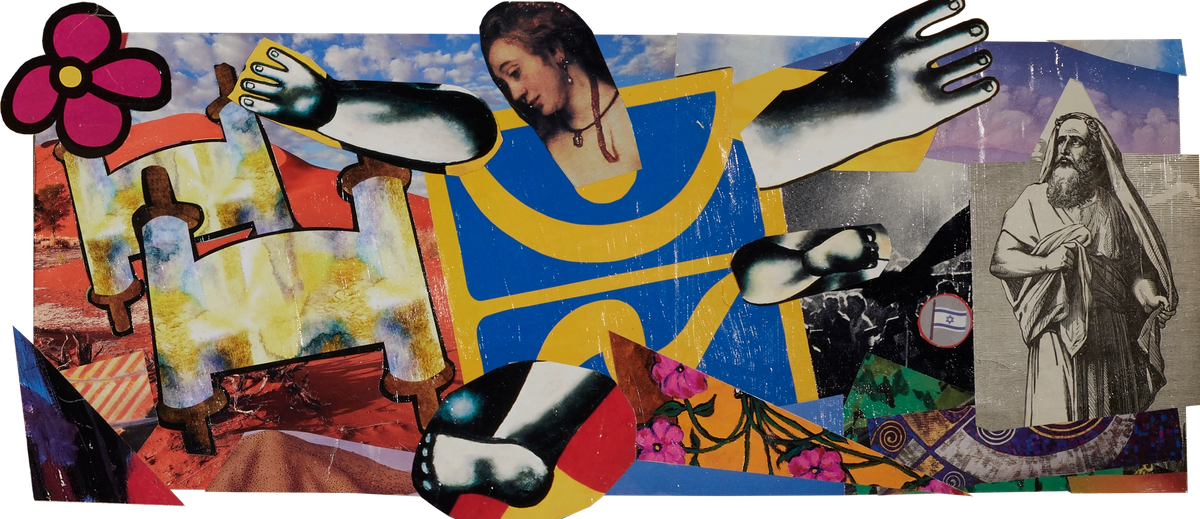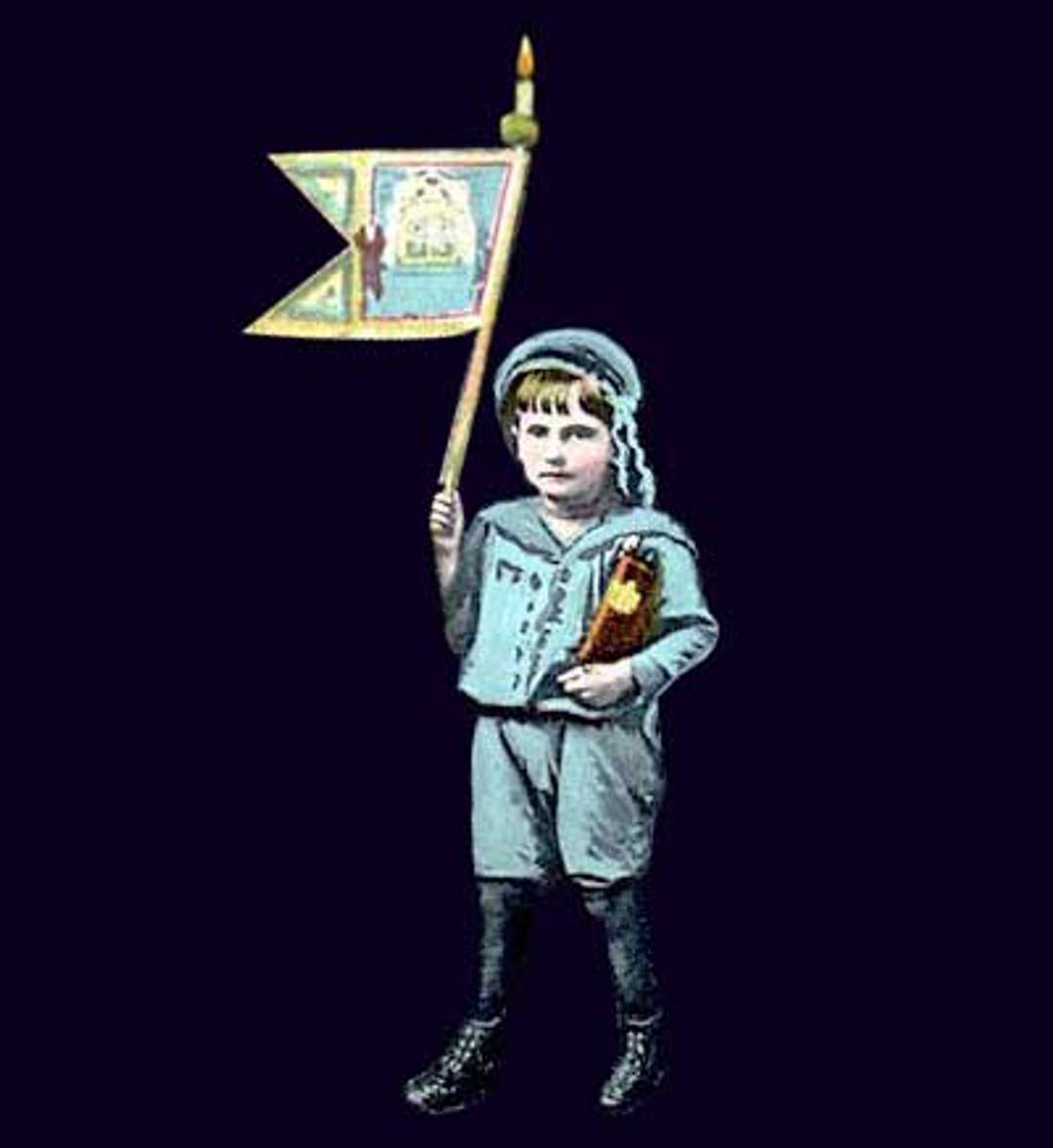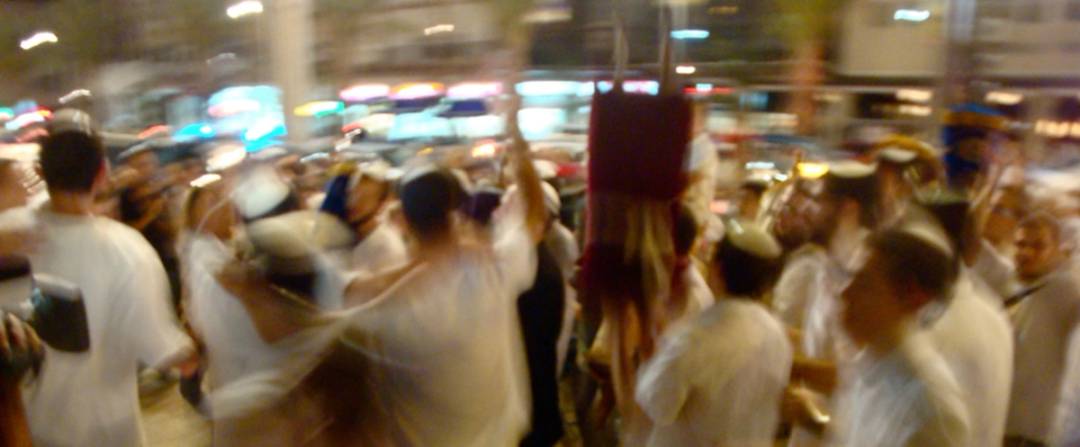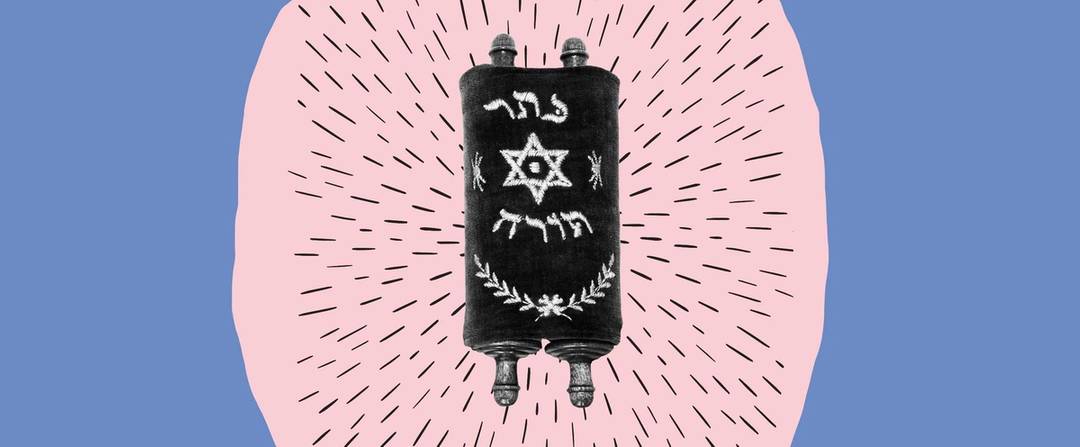Shemini Atzeret/Simchat Torah


What is Shemini Atzeret? Falling just after Sukkot, Shemini Atzeret is the holiday on which Jews start praying for rain.
What is Simchat Torah? It’s the holiday that celebrates the conclusion of the yearly cycle of reading the Torah, after which we begin anew reading the Five Books of Moses, starting from the first chapter of Genesis.
When is it? Shemini Atzeret 2023 begins on sundown Wednesday, October 23, ending on Friday, October 25. In Israel, it is celebrated on the same day as Simchat Torah.
In the Diaspora, Simchat Torah falls the day after Shemini Atzeret. Outside of Israel, Simchat Torah 2024 begins on sundown Thursday, October 24, ending on Friday, October 25.
What’s it all about? The Book of Numbers explains Shemini Atzeret simply: “On the eighth day you should hold a solemn gathering; you shall not work at your occupation.” That’s about it. the “eighth day”—shemini—concept suggests the holiday is part of Sukkot, a final eighth day of the holiday; it is, however, not part of Sukkot, though the two holidays share a focus on agriculture and Shemini Atzeret follows directly after the holiday of Sukkot. Rushing to interpret the meaning of this strange and loosely defined holiday, the rabbis never lacked for creative explanations. Some, for example, argued that as Sukkot is a time to commemorate dwelling in temporary structures as guests of the Lord, Shemini Atzeret is a bonus round of sorts, a reminder that God loves his chosen people so much he is reluctant to let them go back to business as usual. Other scholars argued that while Sukkot is a universal holiday, in which we’re commanded to invite guests into our homes, Shemini Atzeret is just for Jews, a time for God to bond with his favorite children.
The focus of Simchat Torah is the Five Books of Moses—finishing reading them, that is. On Simchat Torah, minyan congregants read the Torah’s last portion and then jump right back to the beginning and read the first, creating a never-ending cycle of book reading.
Simchat Torah’s festivities begin, as do all Jewish holidays, on the holiday’s eve. The synagogue’s Torah scrolls, confined to the ark except when they’re being read during Torah services during the week, are removed, and members of the entire congregation (in some communities, only the men) pass the scrolls from hand to hand, dancing and chanting liturgy while circling the synagogue seven times. This is known as hakafot, or rounds. (Interestingly enough, hakafot is also the proper Hebrew word for the game of baseball.) While tradition only requires the revelers to remain inside the synagogue, many communities take the party to the streets, and children are customarily given colorful flags and candy.




